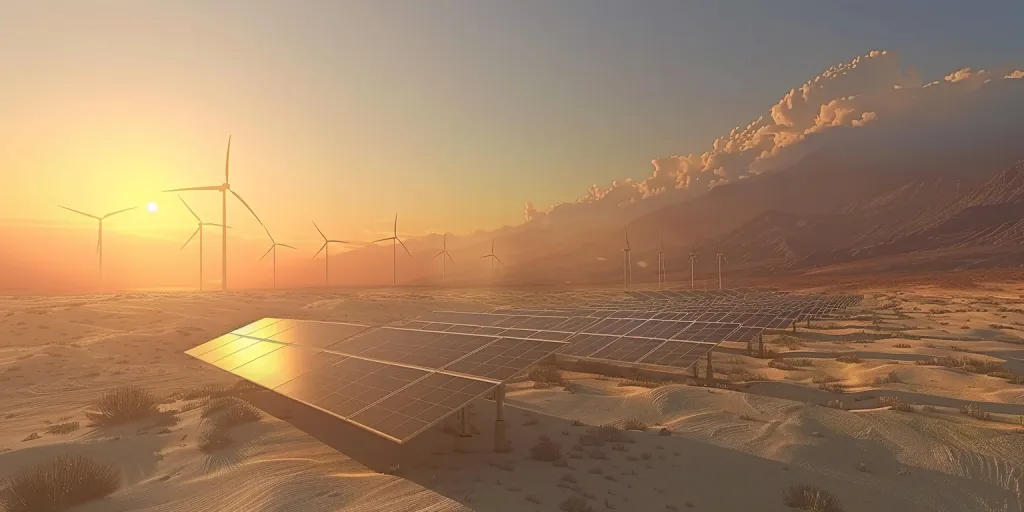In the quest for sustainable and clean energy sources, wind energy has emerged as a pivotal player on the global stage. As societies worldwide grapple with the urgent need to reduce carbon emissions and combat climate change, understanding the role of wind energy in our electricity mix is more critical than ever. This article explores the intricate dynamics of wind power and its contribution to the global electricity supply, shedding light on the current state and future prospects of this renewable energy source.
Table of Contents:
– The current landscape of wind energy
– How wind energy is harnessed
– Wind energy’s contribution to global electricity
– Challenges facing wind energy
– The future of wind energy in the electricity mix
The current landscape of wind energy
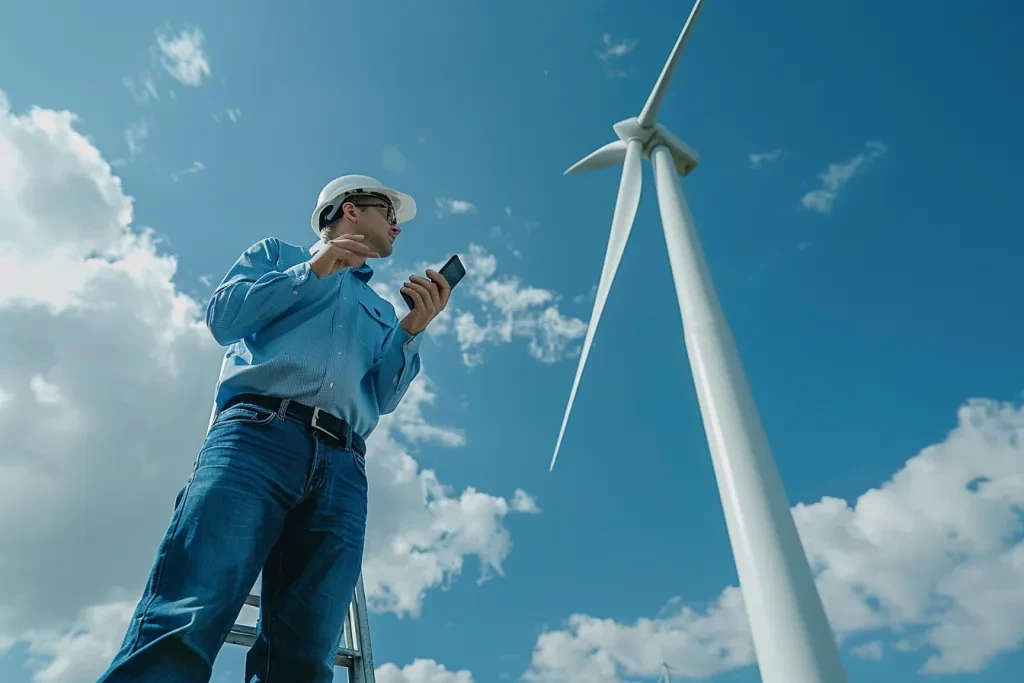
Wind energy, characterized by its clean and inexhaustible nature, has witnessed a remarkable surge in adoption over the past few decades. Innovations in technology and increased environmental awareness have propelled wind turbines to the forefront of renewable energy solutions. Countries around the globe are investing in wind farms, both onshore and offshore, to tap into this powerful and sustainable resource. The landscape of wind energy is a testament to human ingenuity and our commitment to a greener planet.
How wind energy is harnessed
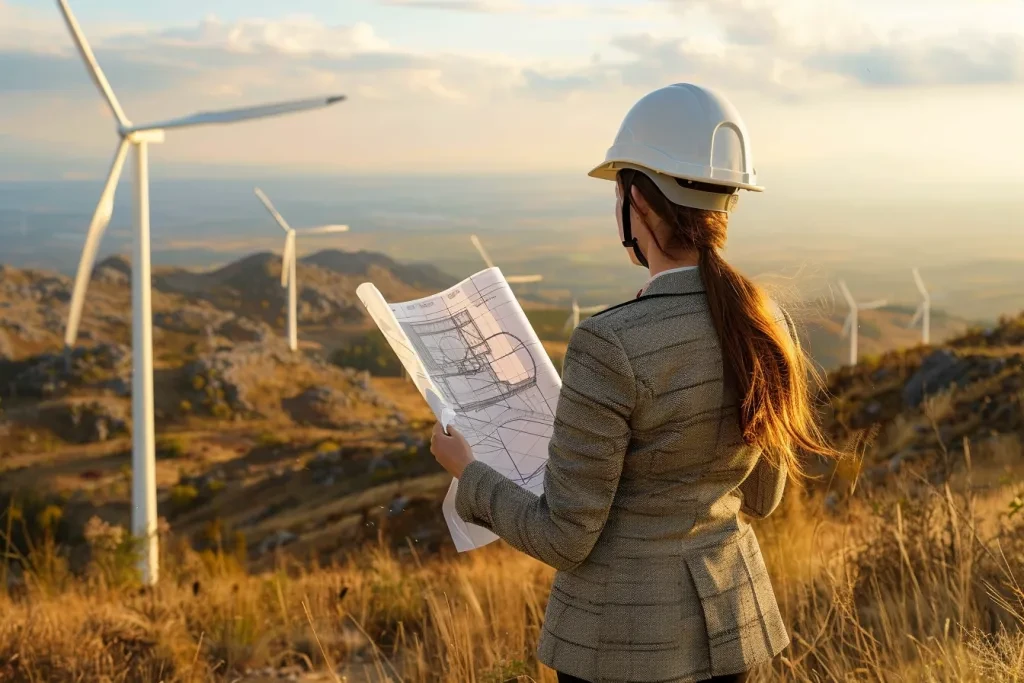
The process of converting the kinetic energy of wind into electricity is both fascinating and complex. Wind turbines, the giants of the renewable energy world, capture wind currents with their massive blades, turning them into rotational energy. This mechanical energy is then converted into electrical energy through a generator housed within the turbine. The efficiency of wind turbines has improved significantly, thanks to advancements in technology and design, making wind energy a more viable and reliable source of electricity.
Wind energy’s contribution to global electricity
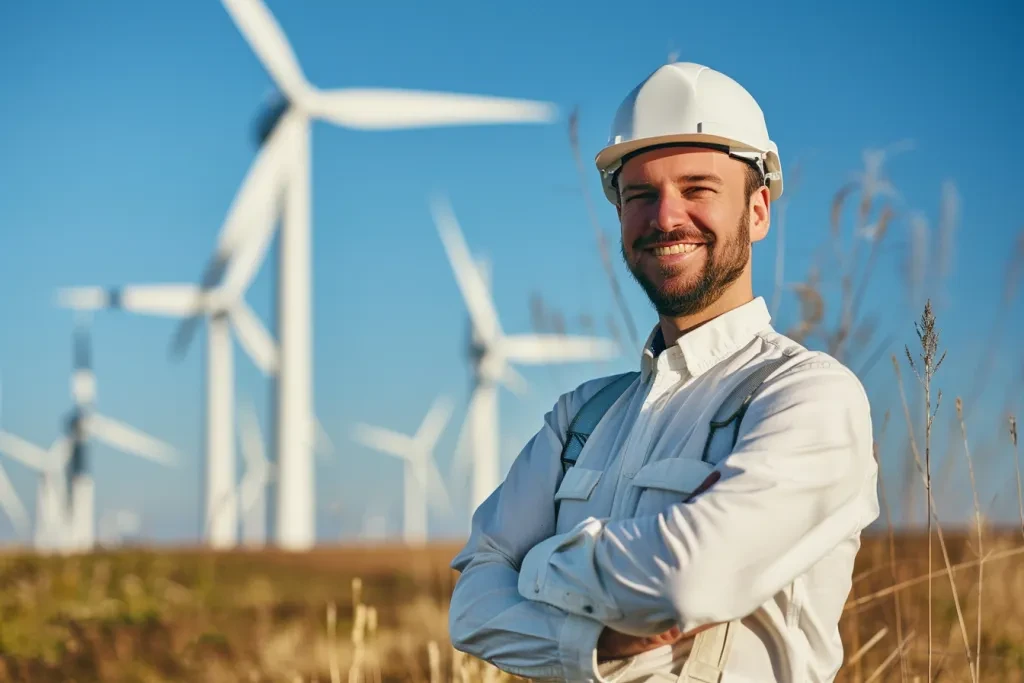
When it comes to quantifying what percentage of electricity comes from wind, the figures are both promising and indicative of the potential for growth. As of recent years, wind energy contributes approximately 6% to the global electricity supply. This figure, however, is on a steady incline, with some countries achieving remarkable milestones where wind energy accounts for a significant portion of their national electricity consumption. The variability in wind energy’s contribution across different regions underscores the importance of continued investment and policy support to harness this renewable resource fully.
Challenges facing wind energy
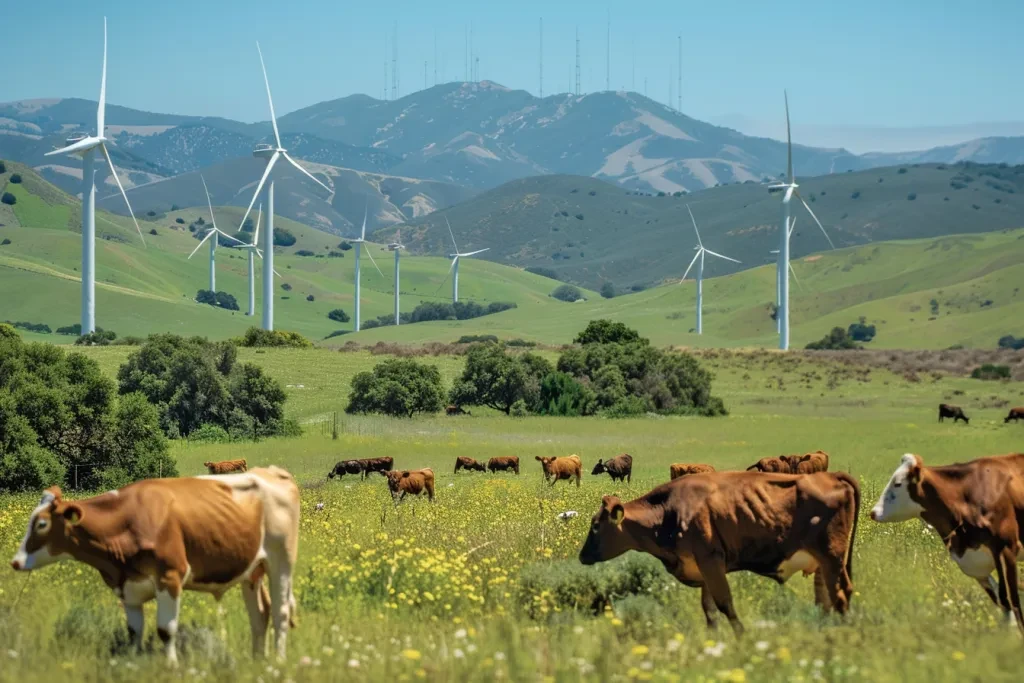
Despite its numerous benefits, wind energy faces several challenges that hinder its potential to supply a more substantial share of global electricity. The intermittent nature of wind, coupled with the need for substantial upfront investment, poses significant obstacles. Additionally, the integration of wind energy into existing power grids requires sophisticated technology and infrastructure upgrades. Addressing these challenges is crucial for maximizing wind energy’s role in our electricity mix and achieving a sustainable energy future.
The future of wind energy in the electricity mix
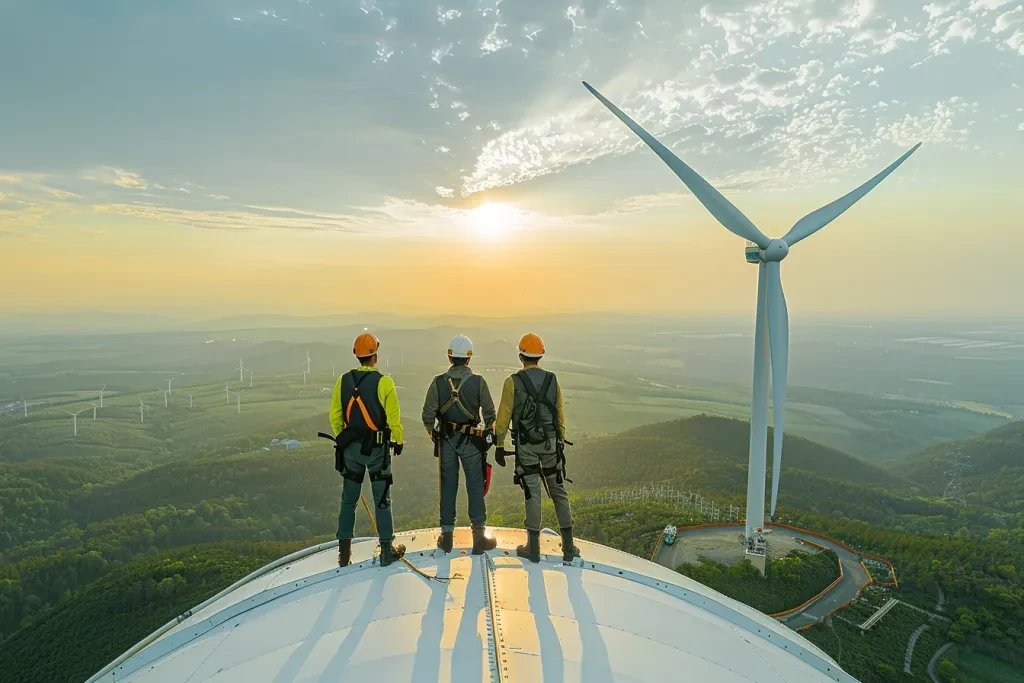
The future of wind energy in the global electricity mix is bright, with projections indicating a significant increase in its contribution. Innovations in turbine technology, coupled with decreasing costs and supportive government policies, are set to propel wind energy to new heights. As the world continues to prioritize sustainability and clean energy, wind energy is poised to play a pivotal role in our transition to a renewable-powered future.
Conclusion
Wind energy’s journey from a niche alternative to a cornerstone of the global electricity supply is a testament to its potential in shaping a sustainable and clean energy future. While challenges remain, the relentless pursuit of innovation and supportive policies can unlock wind energy’s full capacity to power our world. As we forge ahead, the wind stands as a beacon of hope, promising a cleaner, greener, and more sustainable future for all.
